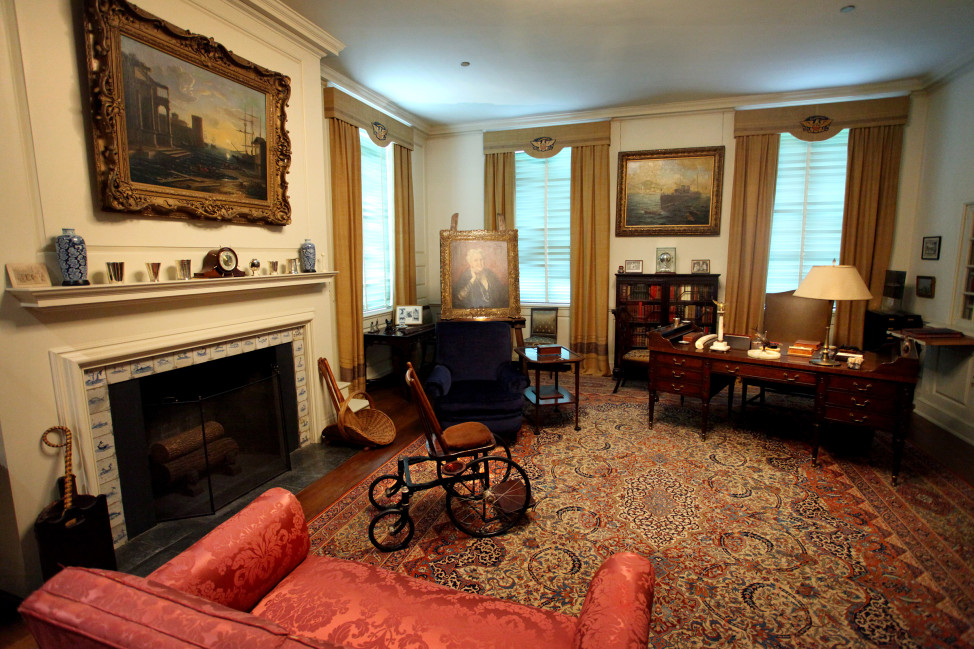
The original personal study of President Franklin D. Roosevelt stands intact at the Franklin D. Roosevelt Presidential Library and Museum, Nov. 2, 2009, in Hyde Park, New York. (AP Photo)
Franklin D. Roosevelt was the first U.S. president to have a library open to the public that housed his official papers, personal letters and memorabilia.
Until then, presidential papers, if they survived at all, tended to go to the Library of Congress, to a public institution that had some relationship to the president, or to members of his family. Today there are 13 presidential libraries funded and administered by the U.S. government.
Every president since FDR has built a library showcasing his life and work although Roosevelt’s predecessor, Herbert Hoover’s library was not built until the early 1960s. All of these institutions are open to the public and especially to scholars, who use them to navigate through mounds of letters, newspaper clippings, photos and anything that will lead to the production of a well-documented article or book on the president, members of his family, aides or friends.
Treasure troves
These libraries have become treasure troves of materials for historians in their attempts to re-create the lives of the presidents. Separate rooms usually are available to them, although it is not just scholars who pick through the minutiae; members of the public are allowed to do the same.
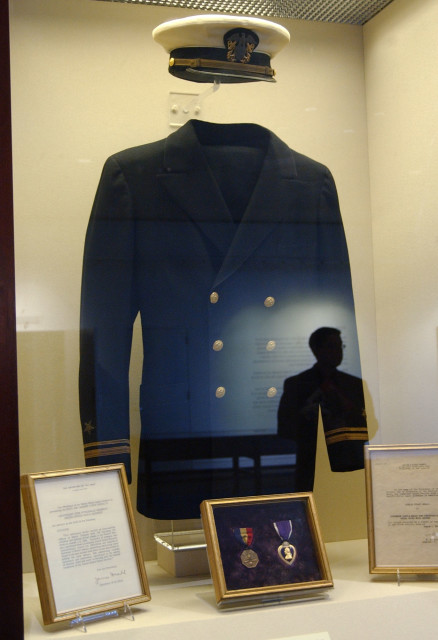
Lt. John F. Kennedy’s US Navy uniform on display, May 19, 2005, during the “JFK in World War II” exhibit at the John F. Kennedy Presidential Library and Museum in Boston. (AP Photo)
Years ago, the daughter of Admiral Richard Byrd and her husband showed up at the Franklin D. Roosevelt Library in Hyde Park, New York, hoping to find letters the president may have written to the polar explorer. As one-time assistant secretary of the Navy and an avid sailor, Roosevelt had a lifelong passion for all things naval. With the help of an archivist, the couple spent most of the day searching in the boxed containers. When they finished, they’d unearthed a letter Roosevelt had written to her father.
For non-researchers, the libraries are a part of museums filled with presidential furniture, pictures, awards, clothing–like the gown a first lady wore to the inaugural ball–and, in the case of the Roosevelt Library, the Ford convertible with hand controls that FDR drove around his estate. Often the president’s birthplace is nearby, and visitors can tour that, too.
A place for presidential papers
Building a repository for a president’s papers had never been an issue until 1939, when FDR, nearing the end of his second term, decided to donate his personal and official papers to the federal government.
To house the materials, FDR formed a nonprofit corporation and raised money from his friends to build a library on his Hyde Park estate. Until the war absorbed most of his time, Roosevelt spent hours planning the construction of the building, setting a precedent for future presidents and their libraries. When the library was completed, FDR turned its management over to the National Archives.
A decade later, President Harry S. Truman decided that he, too, would build a library in his hometown of Independence, Missouri. In 1955, Congress passed the Presidential Libraries Act which established a system under which private citizens could donate funds to build the library, which would be operated and maintained by the National Archives and Records Administration (NARA).
Property of the United States
This ensured that presidential papers and memorabilia would be preserved and made available to the public, although it was not until 1978, during President Jimmy Carter’s administration, that NARA persuaded presidents to donate their materials to the federal government for preservation. Traditionally, presidents believed that any materials created while they held office were their personal property, to take with them when they left office.
The 1978 act established that presidential records that document the constitutional, statutory, and ceremonial duties of the president are the property of the United States government. After the president leaves office, the archivist of the United States assumes custody of the records. The law allowed for the continued construction of presidential libraries as the repository for presidential records.
The growth of the federal government since the early 1960s has paralleled the size of presidential libraries. The Reagan Library is the largest presidential library at 243,000 square feet, with 50 million pages of presidential documents, more than 1.6 million photographs, a half-million feet of motion picture film and tens of thousands of audio and video tapes. In 2005, a 90,000-square-foot pavilion was added to the library and museum to house Air Force One, the plane on which Reagan and six other presidents flew.
Until the Air Force One addition to the Reagan Library, the Clinton library, at 680,000 square feet, was the largest. It houses two million photographs, 80 million pages of documents, 21 million e-mail messages and 79,000 artifacts from the Clinton presidency.
Earliest presidents
George Washington’s papers are at his home, Mount Vernon, near Alexandria, in northern Virginia.
His home is open to the public and the library is open by appointment to researchers. In addition to materials at Mount Vernon, the Library of Congress houses 65,000 documents in the George Washington Papers collection.
The papers of President John Adams and his son, John Quincy Adams, are in the Library of Congress and at the family home in Quincy, Mass.
In fact, you will find presidential papers for Madison, Monroe, Jackson, and most other nineteenth-century presidents in the Library of Congress. President Abraham Lincoln’s papers are primarily in the Library of Congress, but some are at his home and museum in Springfield, Ill.
Presidential Libraries
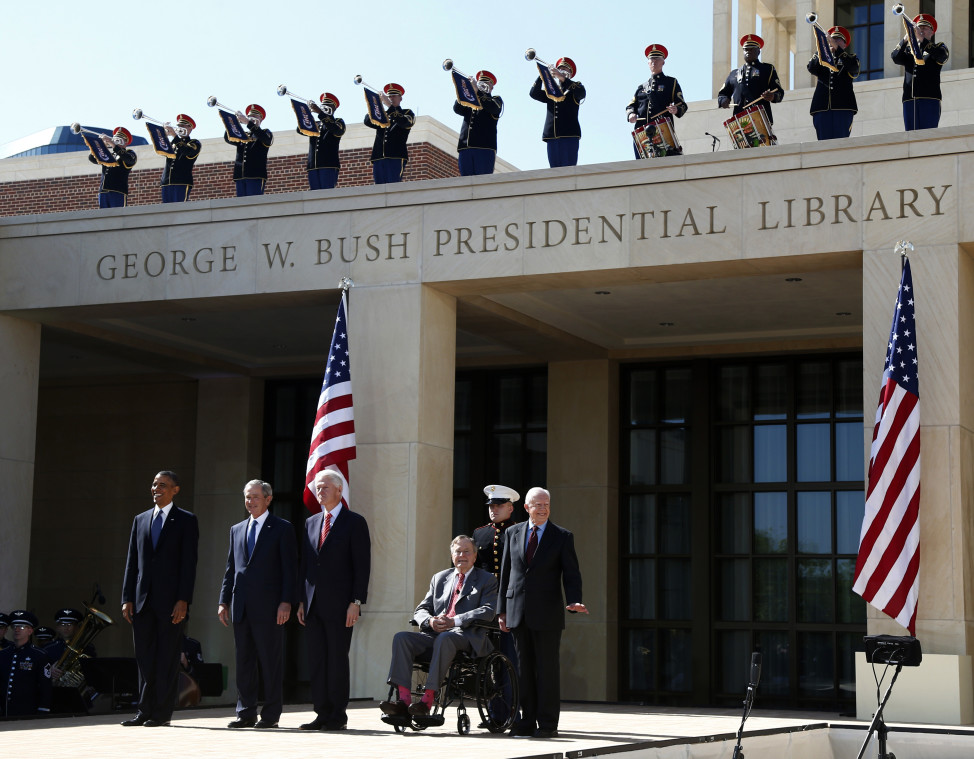
The dedication of the George W. Bush presidential library on the campus of Southern Methodist University in Dallas, Texas. President Barack Obama stands with former presidents, from second from left, George W. Bush, Bill Clinton, George H.W. Bush, and Jimmy Carter. (AP Photo)
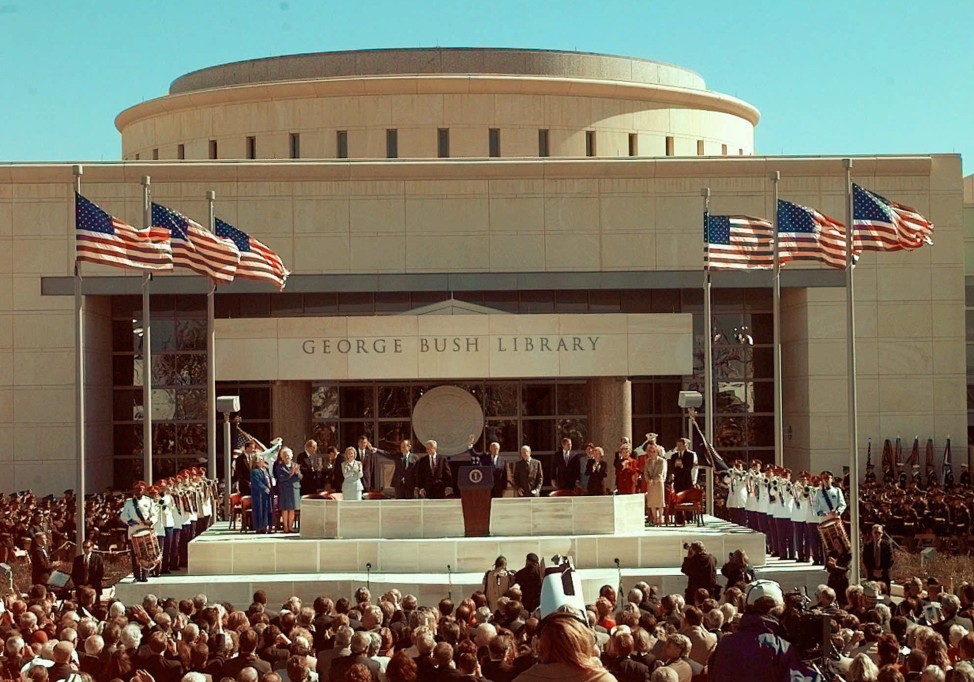
Former President George H.W. Bush, left, is joined by then President Clinton, former President Ford and former President Carter on the stage at the George H.W. Bush Presidential Library dedication in College Station, Texas, Nov. 6, 1997. (AP Photo)
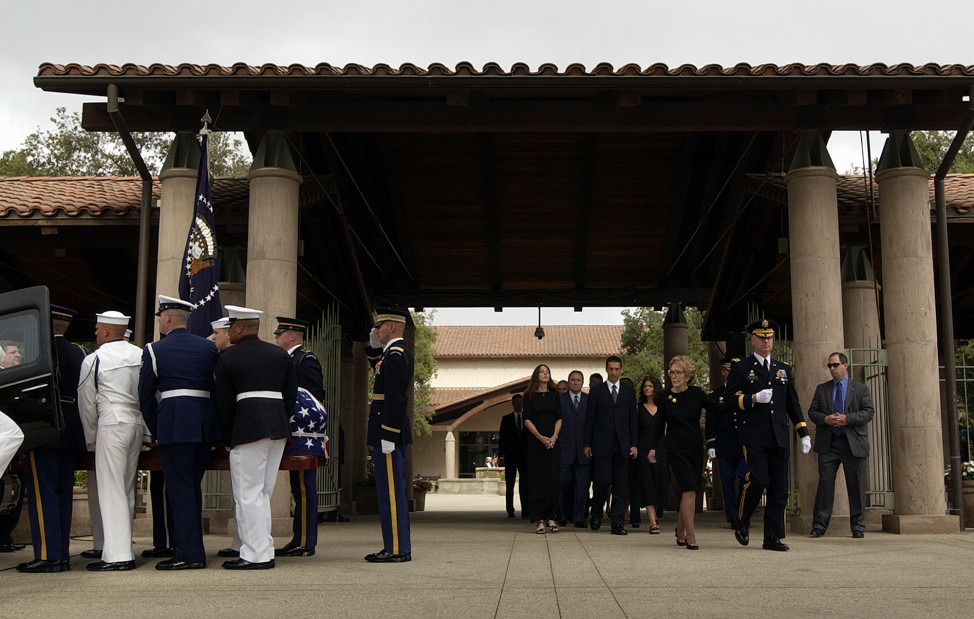
The casket carrying the body of former President Ronald Reagan is loaded into a hearse as Nancy Reagan and her family are escorted from the Ronald Reagan Presidential Library in Simi Valley, California, June 9, 2004. (AP Photo)
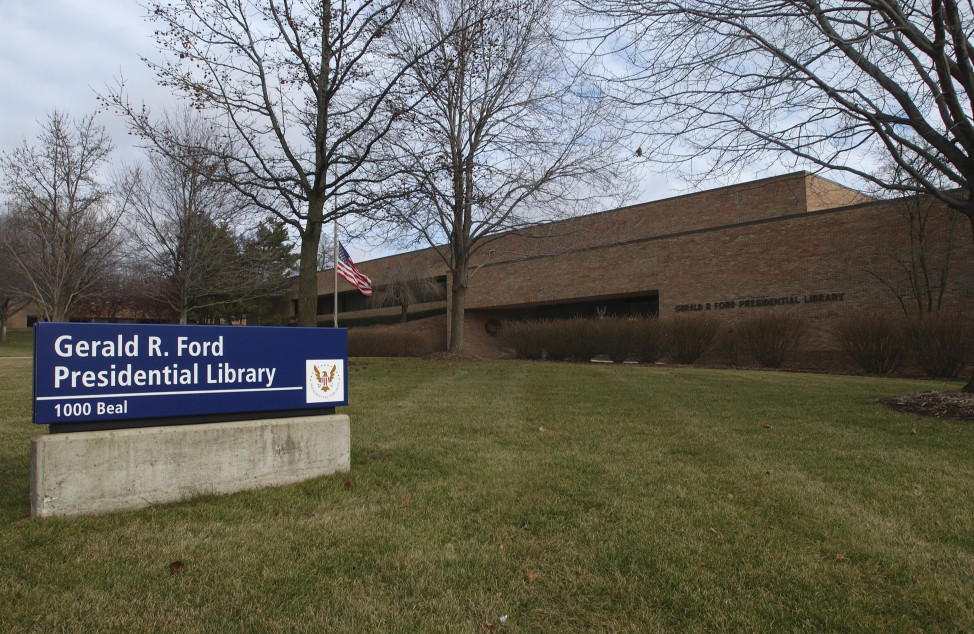
A flag flies at half staff outside the Gerald R. Ford Presidential Library at the University of Michigan campus in Ann Arbor, Michigan, Dec. 27, 2006, after the former president’s death at age 93. (AP Photo)
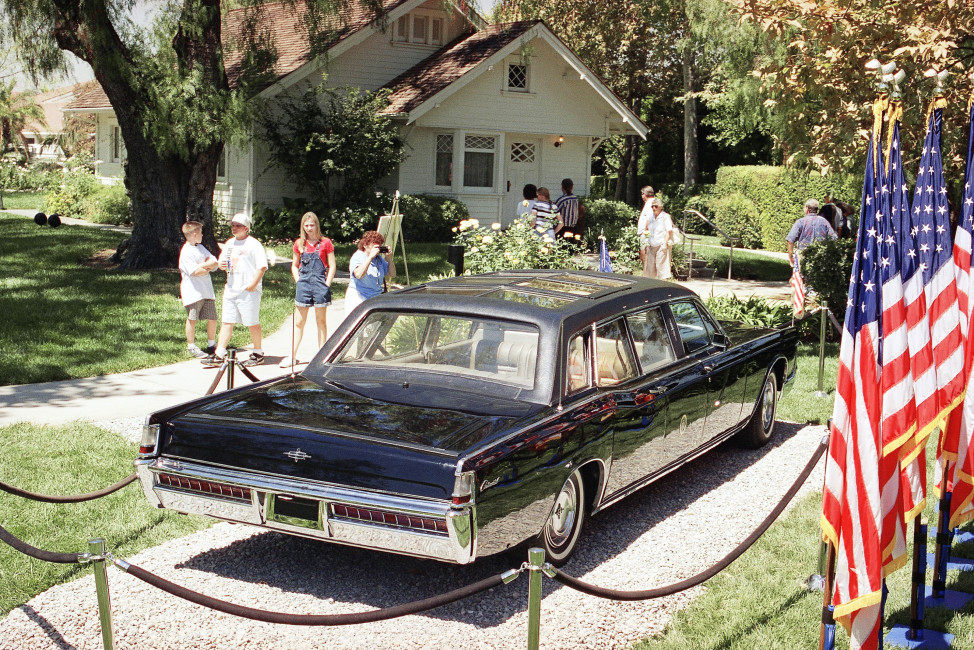
A former presidential limousine at the Richard Nixon Library & Birthplace in Yorba Linda, California. (AP Photo)
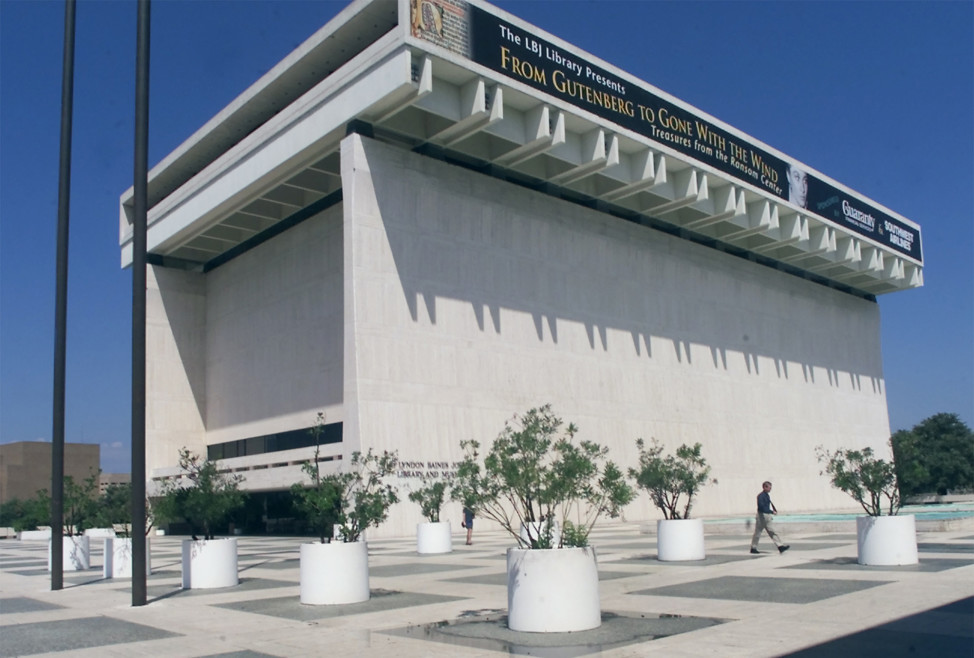
The Lyndon Baines Johnson Library in Austin, Texas, houses 46 million of the former president’s papers. (AP Photo)
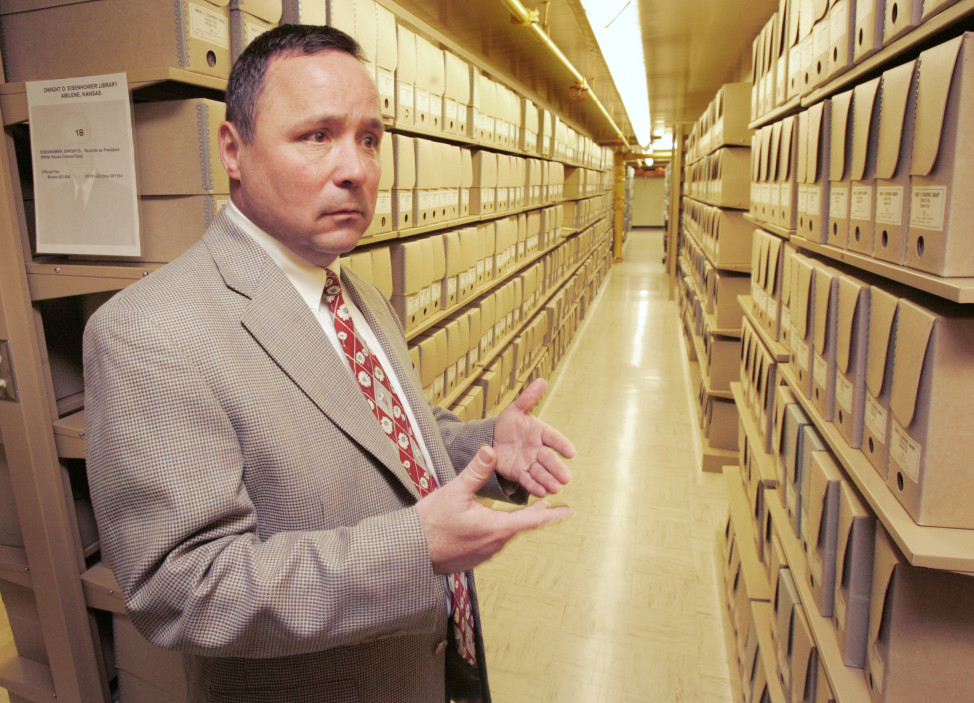
Karl Weissenbach, deputy director of the Eisenhower Library, stands in the archives during a tour Tuesday, Feb. 14, 2006 in Abilene, Kansas. The presidential library holds some 26 million pages of records related to his military career, his presidency and other subjects. (AP Photo)
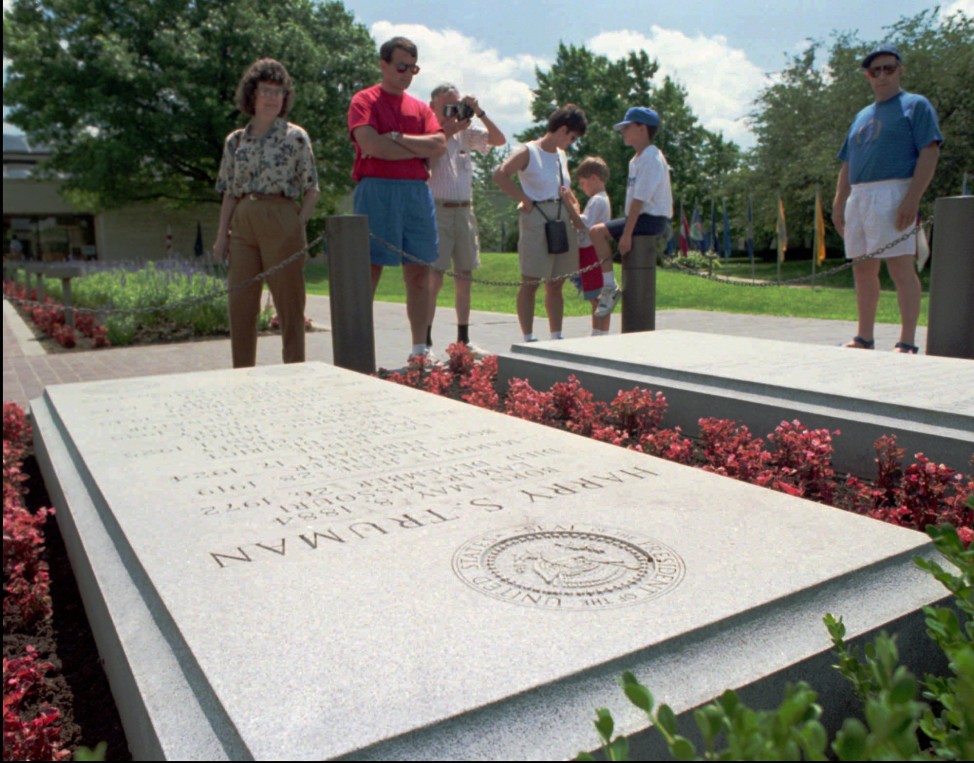
Visitors view President Harry Truman’s grave at the Harry S. Truman Presidential Library, in Independence, Missouri. (AP Photo)

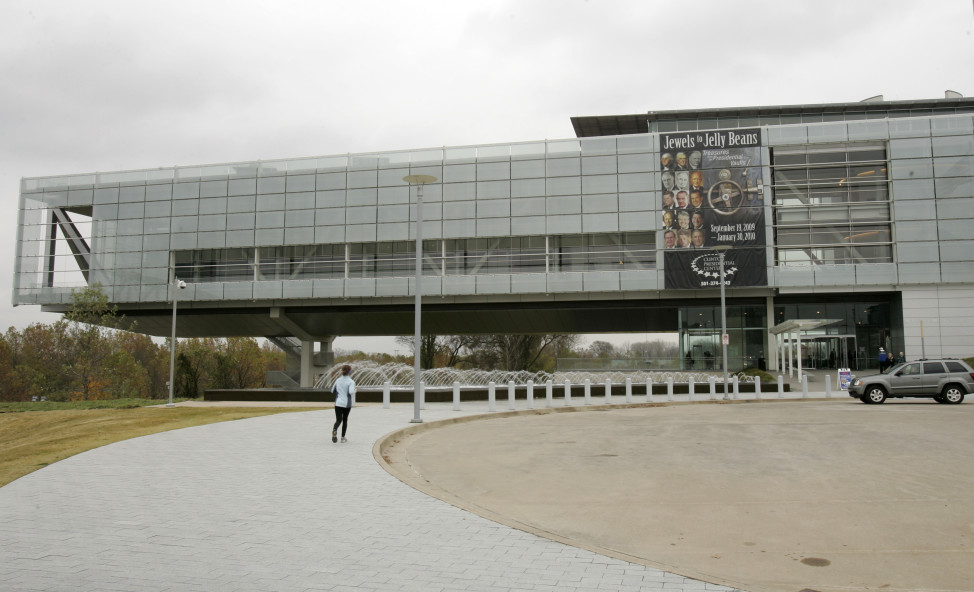
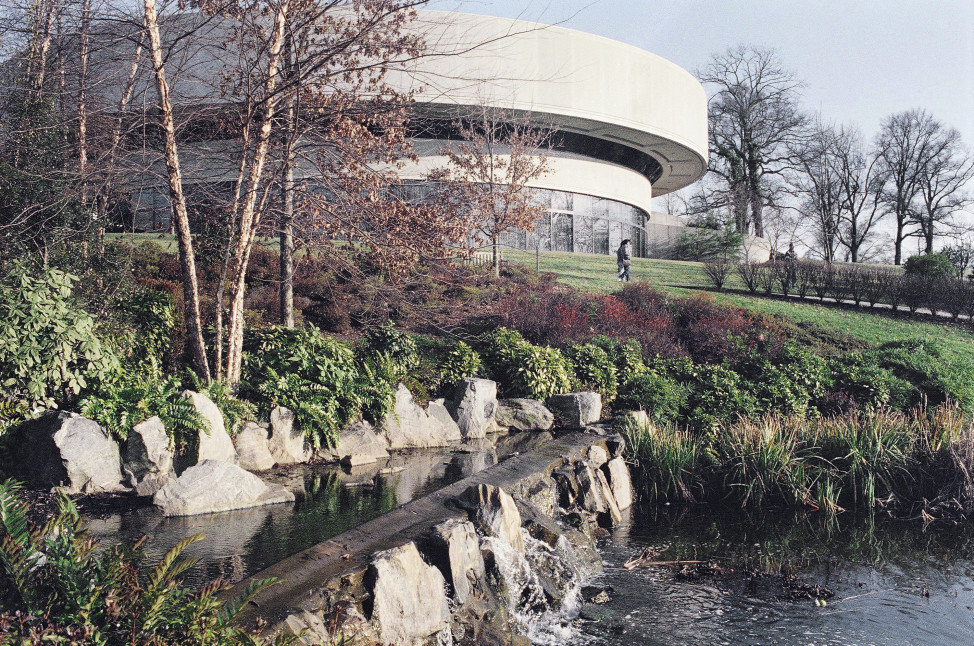
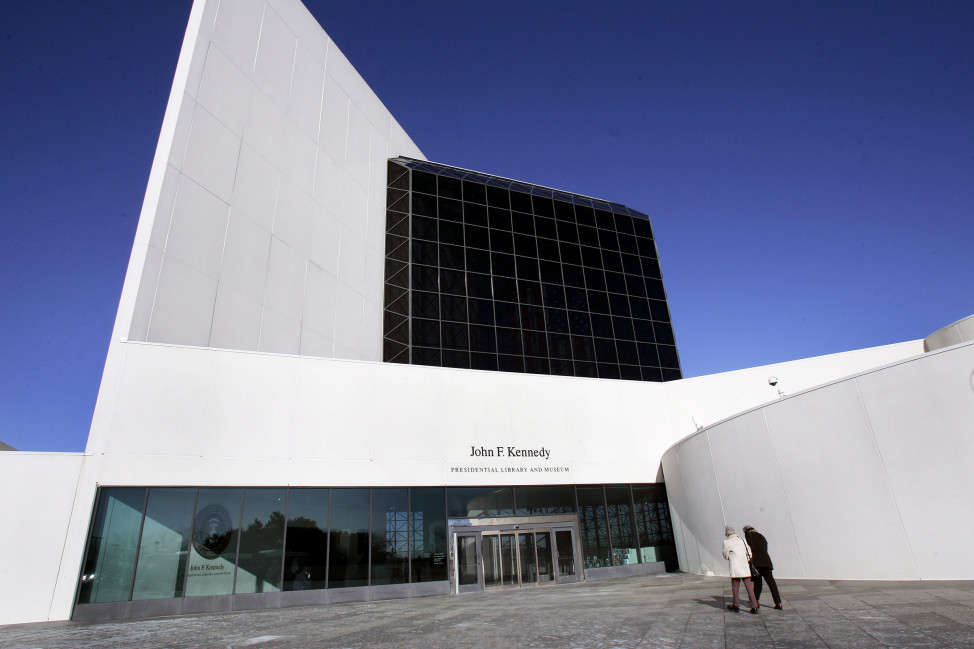
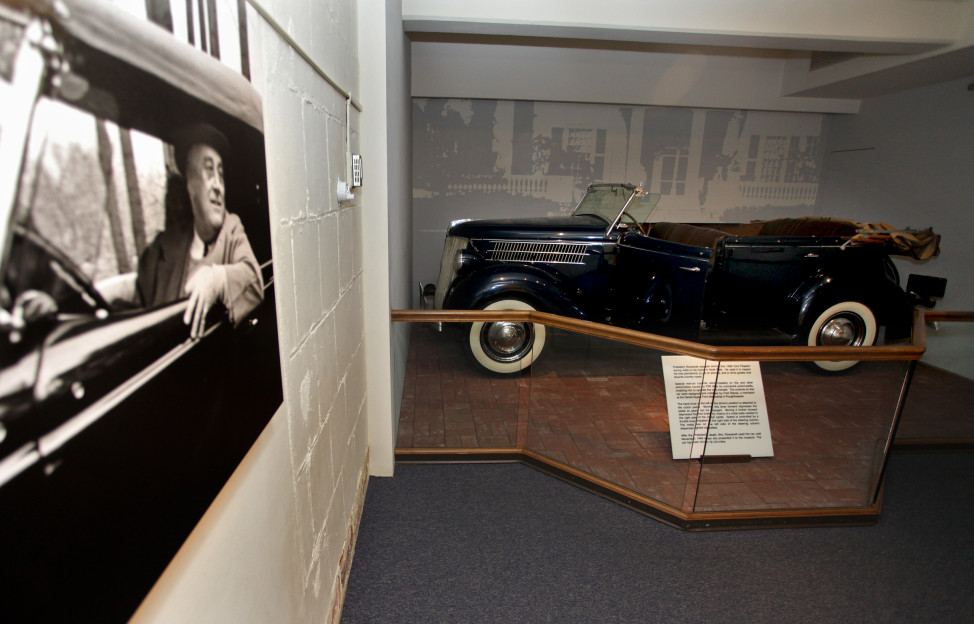
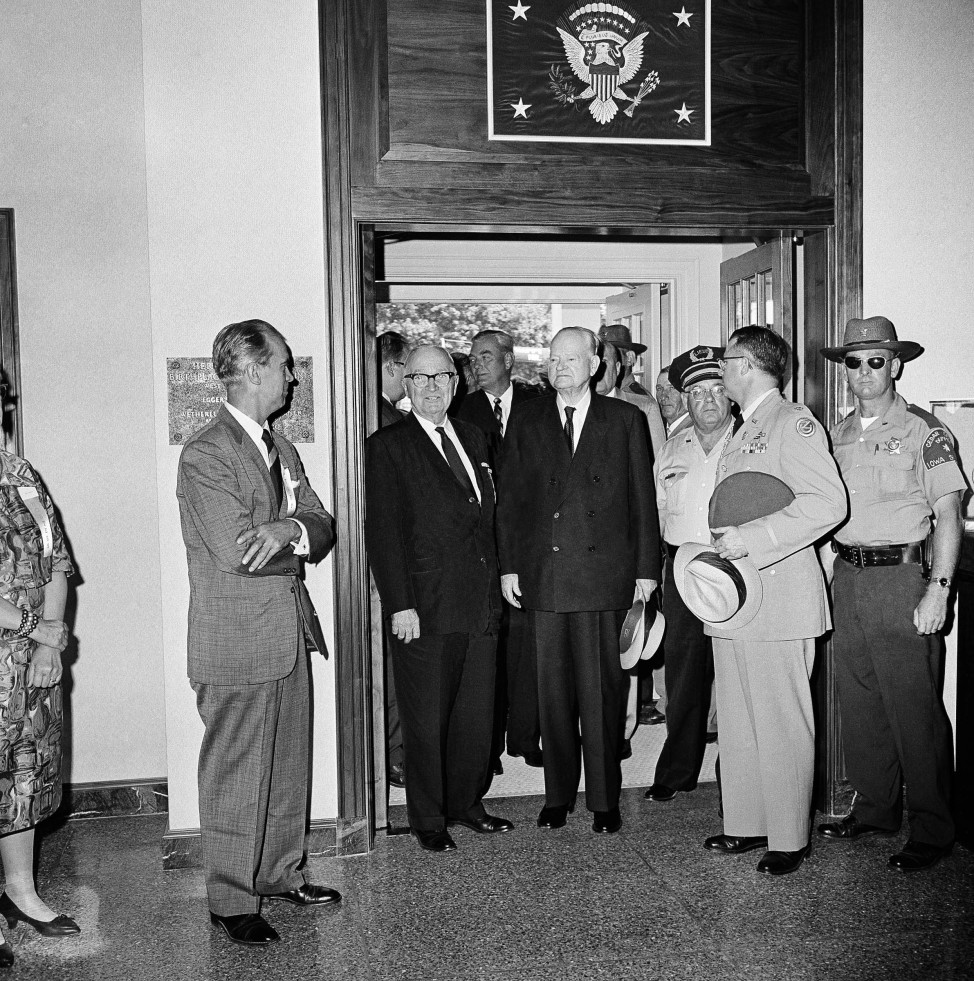





















AWESOME
Extremely well done and very informative. Thank you.